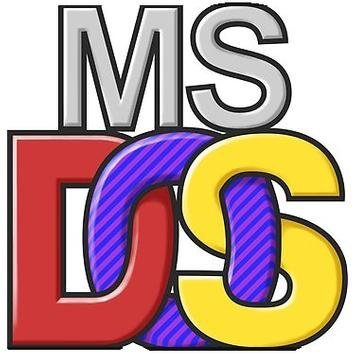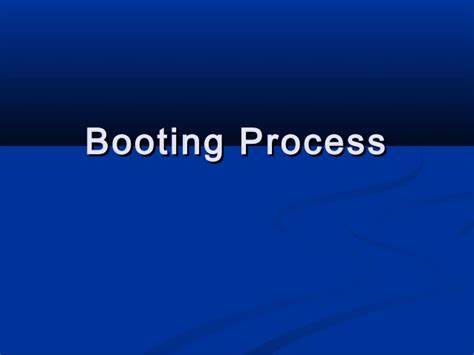Published by: BhumiRaj Timalsina
Published date: 13 Jan 2022
.png)

MS-DOS stands for Microsoft Disk Operating System. It has three essential files and many command files. These essential files are: IO. SYS (Input Output System), MS DOS, SYS (Microsoft Disk Operating System), and COMMAND.COM. These files are called system files of MS-DOS

The booting is a process of loading system files into working memory (RAM) to become ready to work. There are two types of booting: cold booting and warm booting.
The collection of data is called file. It has specific memory location represented by name which is called file name. The file name has two parts: main part ( maximum 8 characters) and extension (maximum 3 characters). Example:student.txt, exam.txt
Directory is the location name of memory where we can store so many files. It is also called folder in windows system.
Instructions given to the computer to work are called commands. These are the common words between the computer and the user. It gives order to computer system to work. DOS Commands are categorized in two types: Internal and External commands.
Internal command:Internal command are built in the COMMAND.COM files. It can be executed from any DOS prompt because each of the internal commands are memory resident. As long as computer is running, we are ready to give internal commands. Some of the examples of internal commands are: DIR, CLS, COPY etc.
External command:Commands that need external additional file with command.com are external commands. We need additional corresponding file to run these commands. For example we need tree.com file to run tree command. Example: XCOPY, CHKDSK, LABEL, TREE etc.
| S.N. | Internal Command | External Command |
| 1. | The internal commands of DOS are packed in command interpreter (command.com) file. These commands became active as MS-DOS prompt. These commands are limited in the numbers. | The external commands are not present in command interpreter. It is called from data stores of any other folders. These commands have exe or com extension. Example: xcopy.exe, smartdrv.exe, msd.exe, move.exe, deltree.exe etc. |
| 2. | Example
COPY CON, CLS, COPY, DATE ,DEL, DIR, TYPE, TIME etc. |
Example
CHKDSK, DISKCOPY, FORMAT, EDIT, TREE, XCOPY, DELTREE etc. |